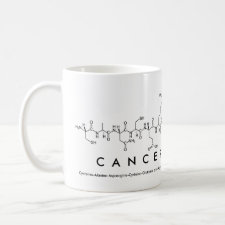
Authors: Jia H, Yin RL, Zhong X, Xue M, Zhao Y, Meng ZH, Wang QJ
Article Title: Anti-diabetic Drugs Detection by Raman Spectrometry with Molecular Imprinted Composite Membrane.
Publication date: 2016
Journal: Chemical Journal of Chinese Universities
Volume: 37
Issue: (2)
Page numbers: 239-245.
DOI: 10.7503/cjcu20150533
Alternative URL: http://www.cjcu.jlu.edu.cn/CN/10.7503/cjcu20150533
Abstract: Some artificially synthesized anti-diabetic drugs are frequently found in health products to enhance their curative efficacy. Based on the specific recognition characteristics of molecularly imprinted technology, two kinds of molecularly imprinted composite membranes were prepared with dummy template of guanidine hydrochloride and 4-(2-aminoethyl)-benzene sulfonamide. The adsorption capacities of these two membranes to metformin hydrochloride, phenformin hydrochloride and glibenclamide were studied. Meanwhile, surface enhancement Raman spectrometry(SERS) to determine the target chemicals was established and employed in the membrane detection after infiltrated in the health products extract solution. The influence of nano-silver particles on the membrane to SERS was also studied. The detection limits of metformin hydrochloride, phenformin hydrochloride and glibenclamide are 5, 5 and 10 mg/mL, respectively. This method was also proved by several pieces of real samples.
Template and target information: guanidine hydrochloride, metformin hydrochloride, phenformin hydrochloride, glibenclamide
Author keywords: Health care product, Anti-diabetic drug, molecularly imprinted membrane, Nano-silver, Raman spectroscopy



Join the Society for Molecular Imprinting

New items RSS feed
Sign-up for e-mail updates:
Choose between receiving an occasional newsletter or more frequent e-mail alerts.
Click here to go to the sign-up page.
Is your name elemental or peptidic? Enter your name and find out by clicking either of the buttons below!
Other products you may like:
 MIPdatabase
MIPdatabase









